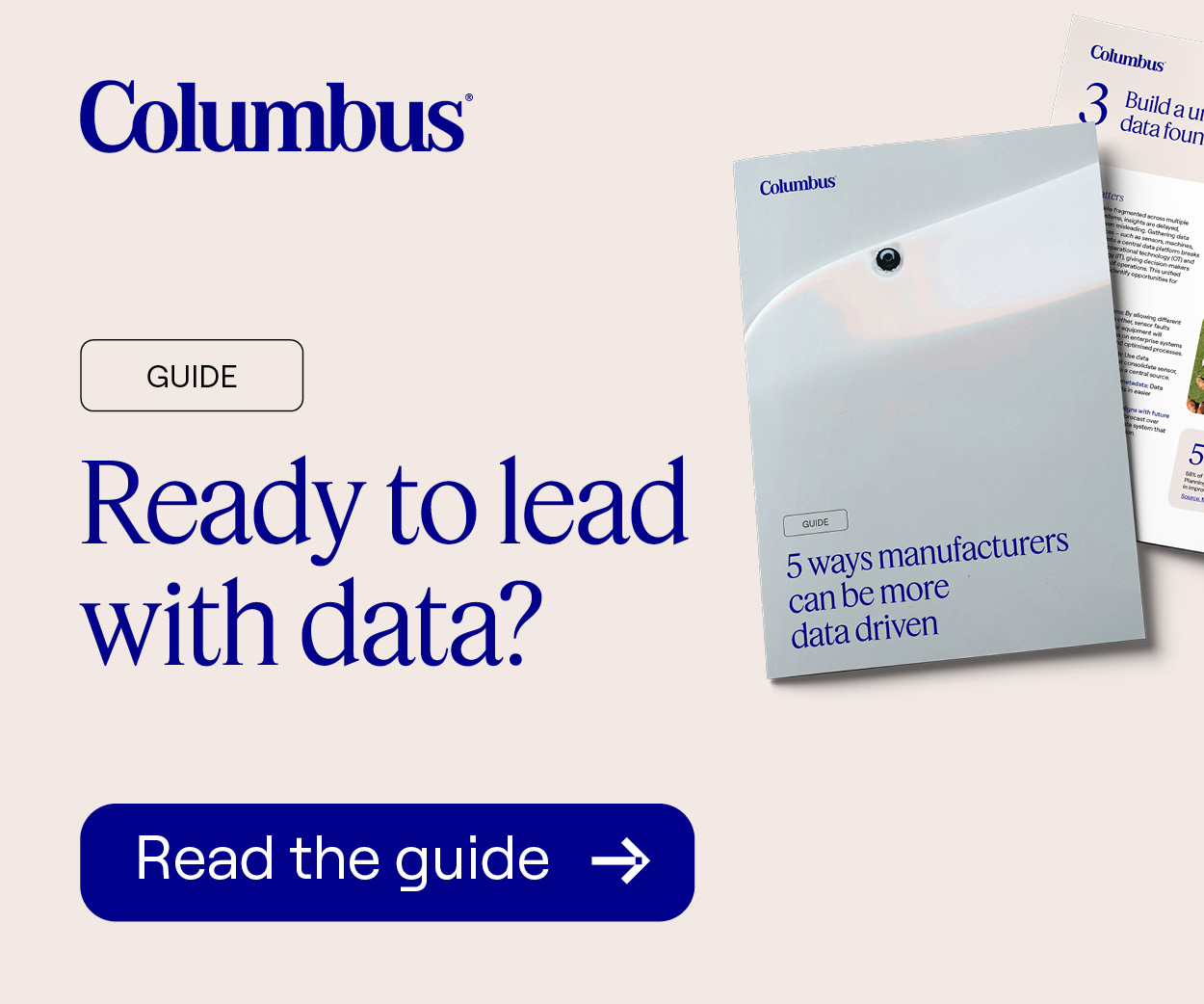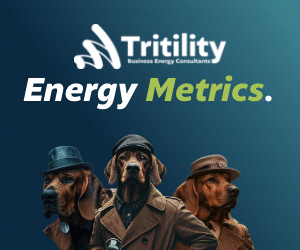As the Industry 4.0 movement takes over the world, manufacturing businesses need to transform and develop new capabilities that can drive growth.

At Microsoft, we believe mixed reality (MR) is the future of computing. Much like the desktop computer did decades ago, mixed reality is poised to accelerate operational efficiency and establish new ways of working, designing, collaborating, learning and more.
From a definition perspective, mixed reality is the blending of digital objects as 3D holograms with the physical world, so you can experience content with the context, format, and people that make it most relevant to you.
It’s also inclusive of the broad spectrum that includes the current iterations of augmented and virtual reality technologies. Within this spectrum, HoloLens is the first self-contained, holographic computer that enables people to engage with digital content and interact with holograms in the world around them.
From a manufacturing perspective, we are seeing the realisation of a new class of digital twins, and these are bringing about the realisation of true digital first mover advantage that has the ability to simultaneously achieve new revenues and cost reduction.
Heads up, hands free computing
Do your operations require critical positions where looking away to check a document or screen could be dangerous? A fully self-contained, wearable computer, HoloLens displays information right in front of you, allowing you to work more safely with your eyes up and hands free.
Data visualisation
Do you frequently experience issues with design flaws or uncover unforeseen difficulties during manufacturing? HoloLens allows you to build and share design and data visualisations in real-time, and collaborate with people across different location. You can explain complex scenarios visually, with movement and in three dimensions.
Spatial mapping and planning abilities
How do you develop the floorplans for your manufacturing facilities? How can you best adjust manufacturing spaces for new product releases? With HoloLens you can see a design in-situ, before any work begins. The sensors inside this holographic computer read and understand the world around you, allowing you to place holographic objects in your environment and move them around.
Remote collaboration and assistance
Remote assistance and maintenance capabilities allow collaborative teams to perform maintenance tasks, keep records, and benefit from expertise, while working from anywhere. See through the eyes of the remote colleague and provide annotations that appear as holographic content. Create virtual snapshots, annotate special elements, take notes, and maintain full context over periods of time, without having to travel.
3D modelling and product design
What’s your process for developing and refining prototypes? How long does it take your teams to implement feedback? With HoloLens you can bring 3D models to life as full-scale holograms and collaborate in real time to make updates, and inspect products, helping you to create prototypes faster, better understand spatial planning, and identify problems before any work starts.
Simulation training
How much time and money does your organisation spend on training, and how efficient is the learning experience? Flexible, safe, holographic training scenarios allow your employees to learn in real-world environments while getting a deeper understanding from the training, without the risks and costs that may accompany traditional training scenarios.
So, how are businesses succeeding with HoloLens, today?
Designers at Ford make thousands of decisions to design a vehicle. These decisions are made in close collaboration with their partners in engineering and management.
A lot of this work is done using clay models which are expensive and time-consuming to develop, and costly to change. While these models will continue to be an important part of the design process, the team needs to feel confident in their decisions early on before they are built at scale in clay.
With HoloLens, Ford designers are blending 3D holograms digitally with both clay models and physical production vehicles. This allows them to experiment and iterate much faster without having to physically build prototypes in clay.
In their early work in grille theme development, they proved that what used to take days with multiple physical models now takes only hours using a HoloLens and one physical model.
In a world where more than 12 million elevators transport more than 1 billion people each day, it’s imperative elevator service innovation grows ahead of the pace.
With the help of HoloLens, over 24,000 thyssenkrupp elevator service engineers can now do their jobs safer and more efficiently by triaging service requests ahead of the visit and getting hands-free remote guidance when on site.
They can visualise and identify problems ahead of a job, and have remote, hands-free access to technical and expert information when onsite, improving the way people and cities move.
We know how important it is to honour the way companies of all types work today while helping them extend their investments for tomorrow.
With HoloLens, we are empowering people and organisations to achieve more through the power of bringing the digital and physical together with Mixed Reality.




